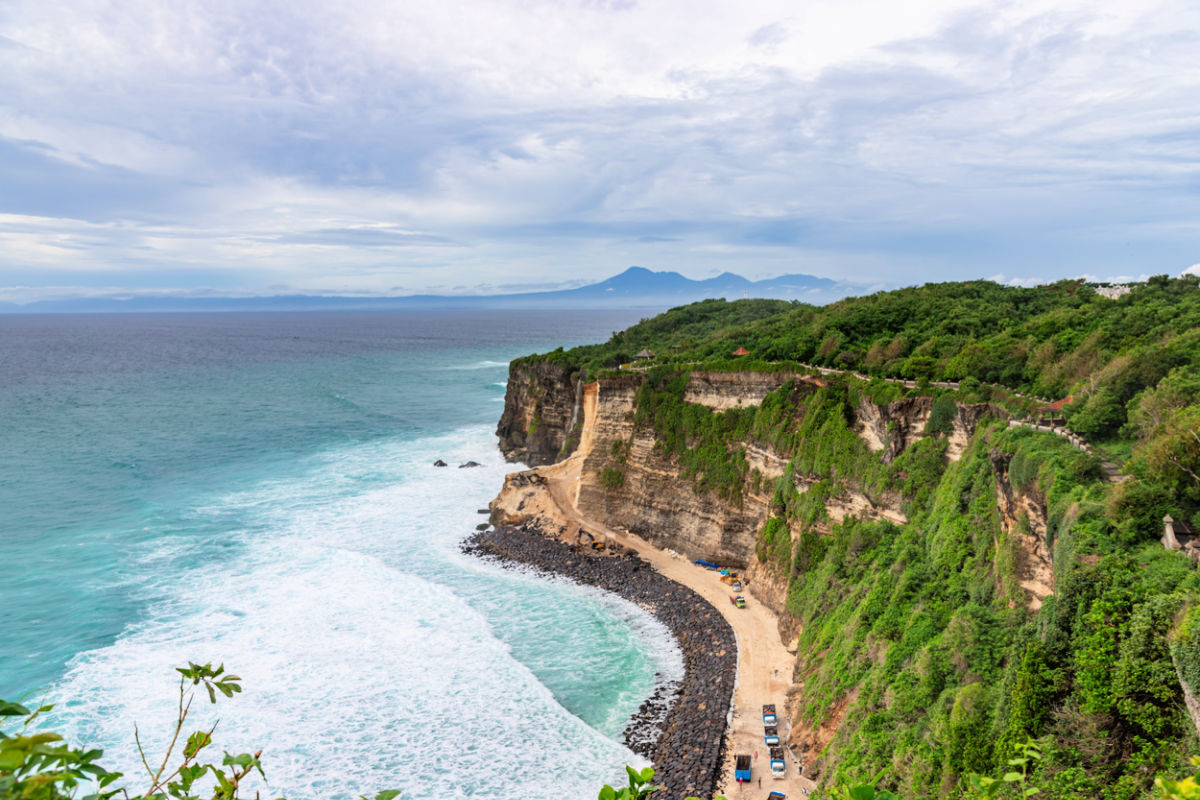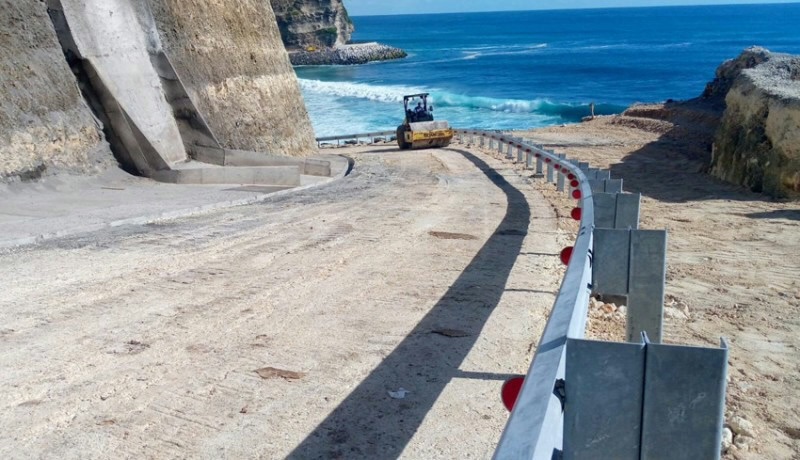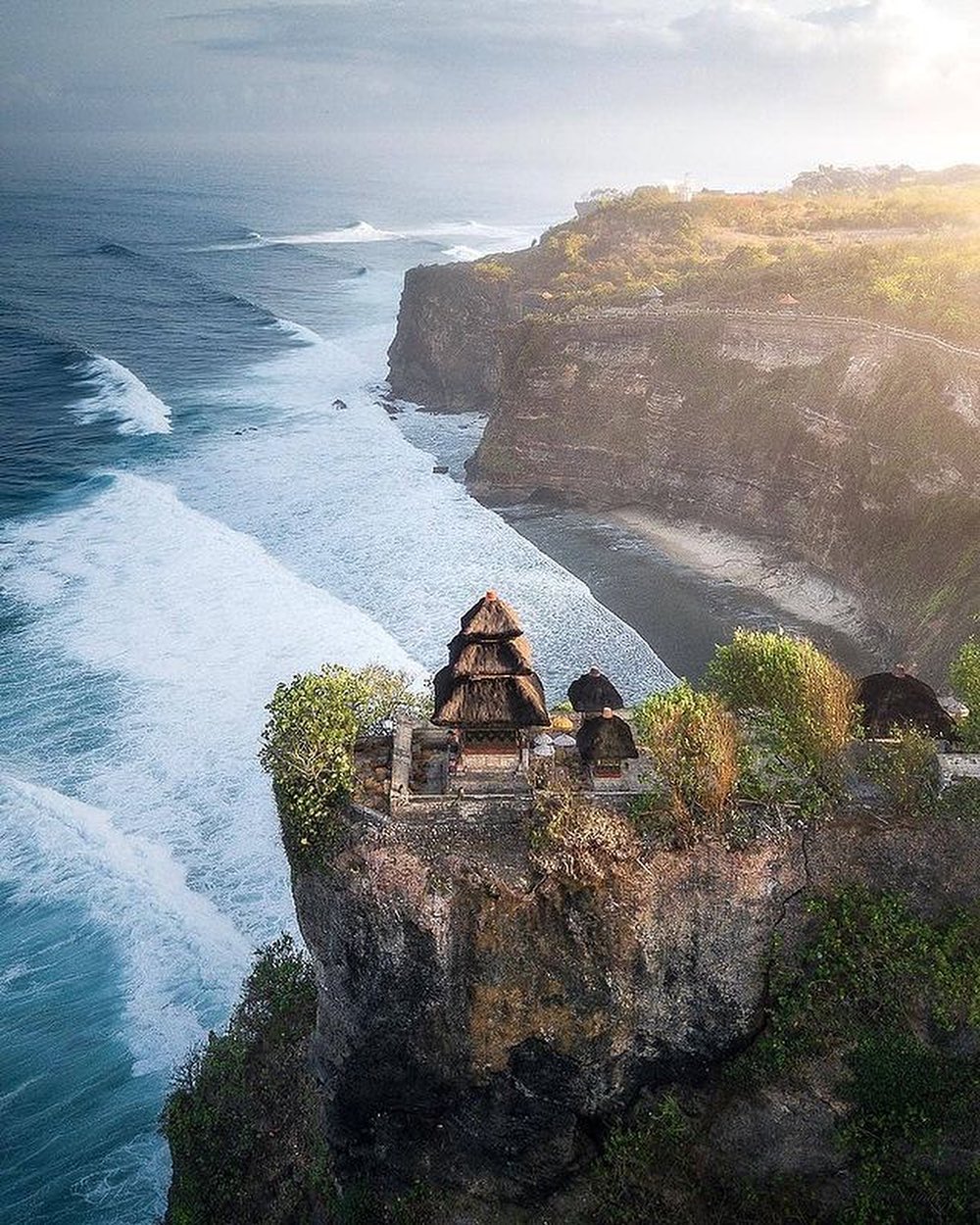The project to build a protective wall in Uluwatu is officially completed, but Bali authorities decided to continue the work to completely eliminate the risk of the cliff collapsing, on which one of the island's main temples stands.

From the start, the project was controversial. Local residents pointed out potential environmental damage, and environmental organizations demanded that construction be halted until a full environmental assessment was conducted. The outrage intensified after a video surfaced online showing workers dumping construction debris into the ocean instead of proper disposal.
Despite the protests, a protective wall costing 78.6 billion rupiahs was built. A service road was also constructed, breakwaters were installed, and the temple was restored. This required extensive cutting of limestone cliffs.

The Badung district authorities confirmed that upon completion of all works, traditional Hindu blessing ceremonies will be conducted. The next stage of cliff reinforcement is expected to begin immediately after these ceremonies.
According to the head of the Water Resources Department in Badung's Public Works and Housing Department, Anang Agung Rama Putra, further construction is planned for 2026. A purification ceremony will only take place after these works are completed.
He emphasized that the road along the dam is intended solely for maintenance and religious ceremonies. This condition is enshrined in an agreement between Badung district, Pecatu village, and Puri Jro Kuta palace. Gates have been installed to control access, and the keys are held by security and authorities. Attempts to use the road for fishing or other purposes will be prevented.
Although the main crack has already been reinforced, the project will continue to develop. In the next two years, work is planned to strengthen the slopes near Batu Metandal Temple, eliminate cracks on the eastern side of the cliff, and plant trees, which are an important habitat for the population of wild monkeys living at Uluwatu. The budget for these works is already included in regional programs for 2025 and 2026.

You can add one right now!